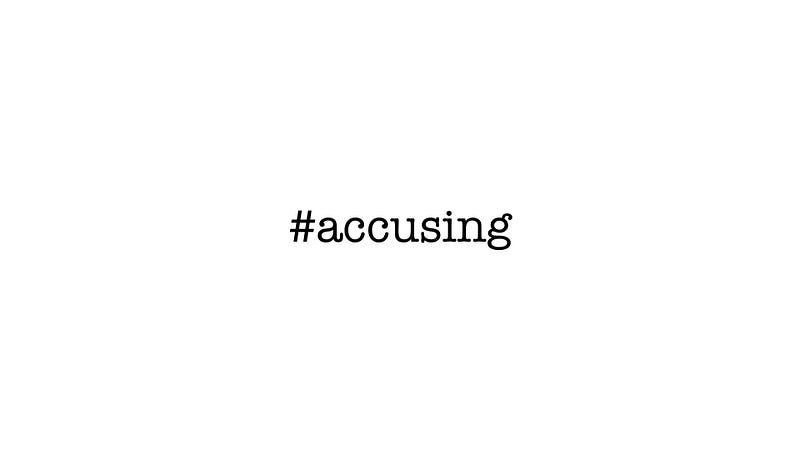 After a few years absence from the email newsletter scene, I decided to venture out and try it again. I used to be with constant contact, but having seen better alternatives, I decided to give MailChimp a go.
I had used them previously for a small list and now that I have changed direction in my business it was time to email a bigger list.
After a few years absence from the email newsletter scene, I decided to venture out and try it again. I used to be with constant contact, but having seen better alternatives, I decided to give MailChimp a go.
I had used them previously for a small list and now that I have changed direction in my business it was time to email a bigger list.
I have spent some time building my list of trusted contacts on LinkedIn, so I thought why not start with them as a base and build from there. After all most of them do know me and if I ask nicely, maybe they will just stay 'opted-in' to my list.
I got down to drafting my email and this time I had to refrain from selling or promoting what I can do for them. So thinking of writing something that would get them to genuinely believe me and that I wanted to have their permission before they would receive the first newsletter.
So an opt-out email was the plan and making it clear that I only wanted to send them an email in the future with information they could use, free of charge and no selling. Tough one really because sending someone an email, they automatically think you are selling to them. I think we have just been conditioned this way. I really did not want to do this, my aim is to give something away for free to people who have taken the trouble to link or follow me.
If you wish to have a read of it by all means check it out here: http://bit.ly/k78Mug
I was reasonably pleased with it. I know you can always improve it, ask some others to proofread it, but I decided it was good enough to get some feedback.
Oh boy, feedback I got indeed! But not what I had expected. I got unsubscribes, plenty of them, but that’s what I wanted, so that was ok. I sent emails out to 663 people and I got 50 unsubscribes. Fantastic, at least people were reading my email and they responded. It means 613 did not unsubscribe yet!

What I had not expected was to receive written feedback as well and in some cases great feedback. So instead of paraphrasing it, here are some of them for you to read for yourself;
Hi Michael…I can hear the Bee Gees song in my head ! Happy to receive your newsletter..I use Linkedin, Twitter, Google alerts and my website….not Facebook so much. Mark
Like the idea! Nice way to start it as well by offering people the opt out. Will keenly keep an eye out for your first one. Jack
I *love* this approach! I’ve been toying with whether I should send an e-mail out to my user base, but am a very strong believer in “permission marketing”.
This is a wonderful approach. Do you mind if I S.W.I.P.E it? Richard
Yes, go for it! Look forward to receiving your next newsletter. David
Certainly, I will look forward to your updates etc. Karen
See below - high praise indeed coming from Jeremy, somebody who I consider a leader in our field! If you’re not reading his blog – go read it now! Richard
Brilliantly done! Jeremy
I just wanted to drop you a quick line to say I think your newsletter is great. As a graphic design agency, helping businesses with newsletters is something we do pretty regularly - I found yours warm and engaging while still being professional and informative. It's obvious that you do this for a living! Liz
That was delightful email,and yes permission granted. Dev
I'm intrigued, count me in. Rene
Thanks - I really appreciate the fact that you've asked, and I'm happy to hear what you have to say. Richard
No problem with you contacting me in the future. Ken
Sounds good right? Well what I had not expected was this email from the Monkey!
We want to make you aware that that your campaign from your account with the username stayingaliveuk generated an unsubscribe rate of 3.05%. At this point this is just a notification of the activity occurring on your campaign. Your account is still active but we want to make you aware that we will continue to watch this campaign and may send additional warnings. As an ESP, we’re required to enforce an unsubscribe rate of 1% or less (1.01% is considered to be over the limit). When this is exceeded, ISPs and SpamCop organizations begin to question the integrity of your list which can cause blacklisting or blocks for both your domains and MailChimp domains and IP addresses. It can also indicate there are readers on the list who do not want to receive your content and were not expecting to receive it. If the unsubscribe activity continues and exceeds the 1% limit this can lead to account suspension and further investigation into the matter by our compliance team. At this time we want to make you aware of the activity and provide some steps to help reduce the issue in the future.
Not so great then after all!
There I was thinking carefully about not spamming people and asking them for permission and BOOM, I got my wrists slapped by the email monkey! I was a bit concerned to say the least. Thankfully they have confirmed that my account is still active, so I will be able to send my first newsletter out as planned very soon! So if you are planning a new newsletter to a new audience, using a new email tool, be careful!





